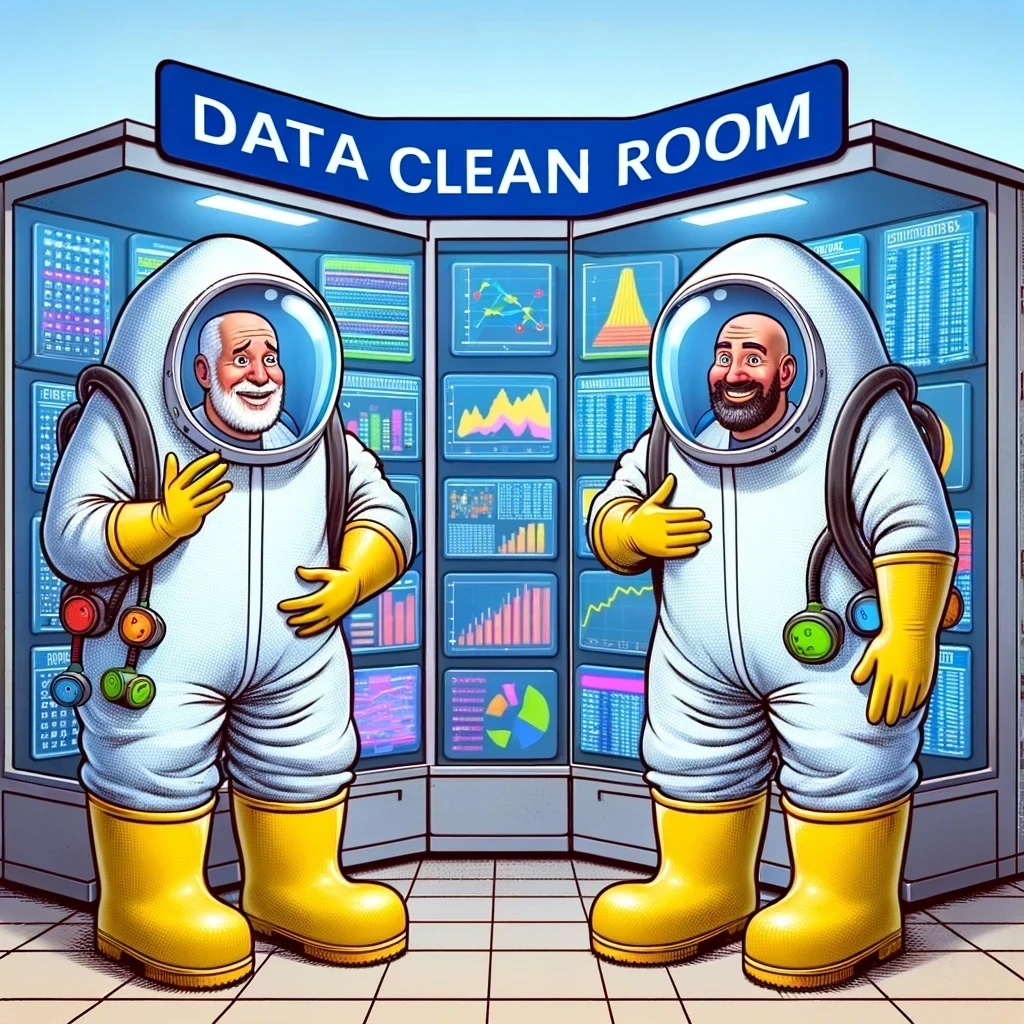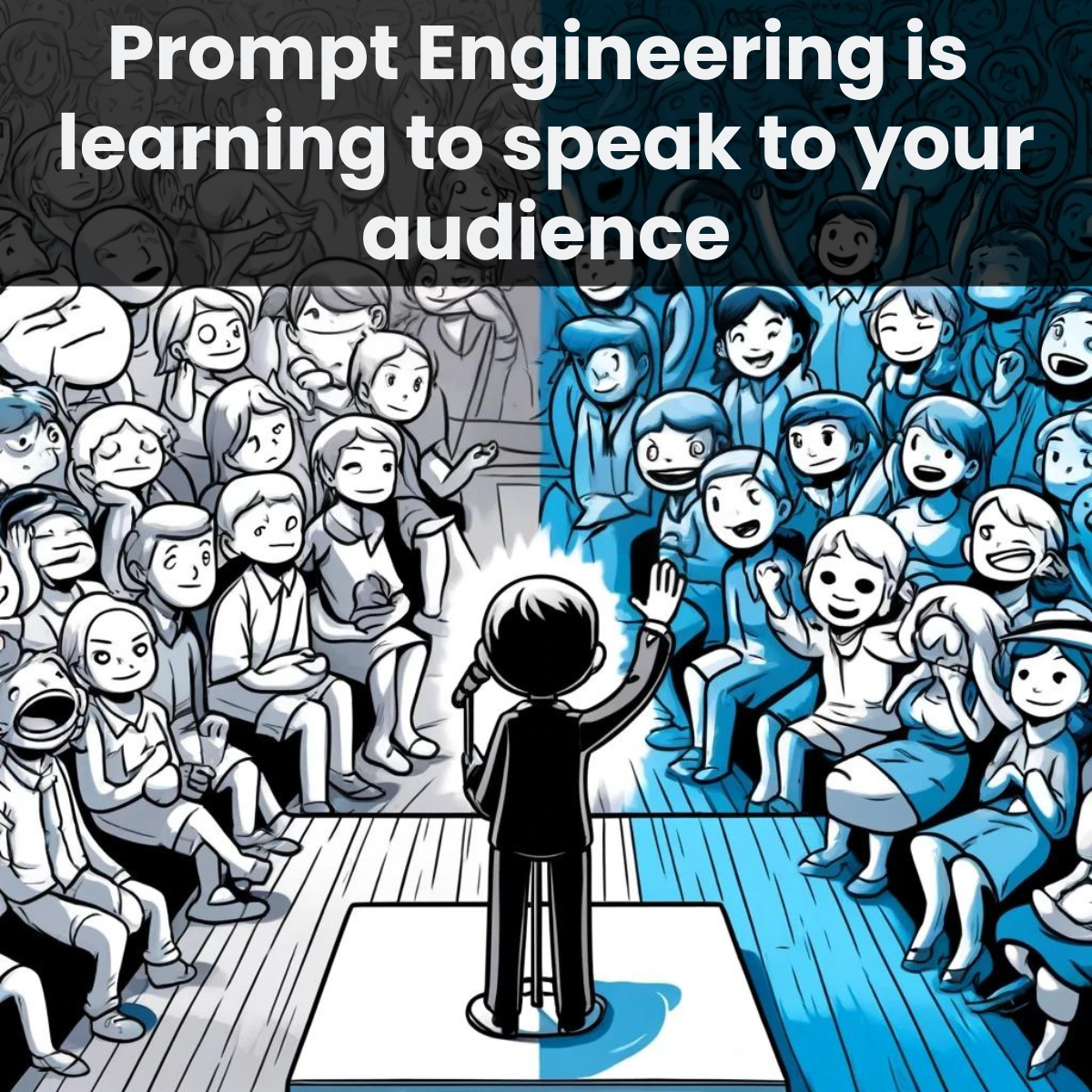Could Data Clean Rooms open new collaborative opportunities with GenAI? This security-centric technology could potentially unlock new use cases.
𝗪𝗵𝗮𝘁 𝗶𝘀 𝗮 𝗗𝗮𝘁𝗮 𝗖𝗹𝗲𝗮𝗻 𝗥𝗼𝗼𝗺?
A data clean room is a secure environment where different organizations can share and analyze data sets while maintaining strict controls around data privacy and security. The data clean room acts as a neutral, third-party platform where the raw data from each party remains siloed and anonymized. Only aggregated insights and analysis can be viewed or extracted – not the underlying individual-level data.
𝗪𝗵𝘆 𝘂𝘀𝗲 𝗮 𝗗𝗮𝘁𝗮 𝗖𝗹𝗲𝗮𝗻 𝗥𝗼𝗼𝗺?
🤝 Enable data collaboration while protecting privacy
🔍 Allow companies to unlock insights from combined datasets
💰 Facilitate responsible data sharing and monetization
🏛 Comply with data privacy regulations like GDPR and CCPA
𝗪𝗵𝗲𝗻 𝘁𝗼 𝗨𝘀𝗲 𝗮 𝗗𝗮𝘁𝗮 𝗖𝗹𝗲𝗮𝗻 𝗥𝗼𝗼𝗺?
Data clean rooms are particularly useful when two or more organizations want to analyze combined data sets but cannot directly share or pool personal or sensitive information. For example, an advertising company could analyze the effectiveness of ad campaigns across both publisher and advertiser data by linking impressions to conversions – without either side having to share raw user-level data.
The rise of generative AI ambitions creates new possibilities for data clean rooms. Instead of simply analyzing combined data sets, organizations could collaborate and train AI models on their respective data within the secure clean room environment. The trained AI model could then be extracted to generate synthetic data, predictions, or other insights – without revealing the underlying training data. This unlocks responsible AI collaboration at scale.
Data clean rooms could be an emerging solution for enabling privacy-preserving data collaboration. As data grows more voluminous and valuable, we’ll likely see increased adoption of secure data sharing environments – turbo-charged by generative AI capabilities.
With data clean rooms able to be built on AWS, Snowflake, Databricks and Azure, and each platform having fluid integration with Generative AI, organizations may look to work together to get ahead of the pack.



